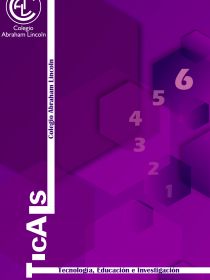
This paper reports an inquiry on promoting and assessing speaking with a Backward Design Approach to syllabus design, which although known by many practitioners, is often put aside as the reality of the classroom sets in. Some educators realize that instead of planning activities first, it is more effective to plan a course from the learning outcomes or goals, and then move ‘backward’ to thinking about what evidence will show that these goals have been met; and then design classes and activities that will allow that evidence to be collected. With an action research method, the authors gathered data for an academic year from 26 pupils of the 11th grade at a school of Bogotá, Colombia. This study used field notes, a semi-structured interview, a survey, in addition to videos and audio recordings of 11 lessons. Findings suggest that most of the class made gains in oral proficiency and evaluated the approach positively. Accuracy, on the other hand, seems to require a different treatment. The authors concluded that the Ministry of Education of Colombia Suggested English Curriculum constitutes an opportunity for teachers of English and others to try a Backward Design to guide their decisions.
Published the

Redes Sociales DIE-UD